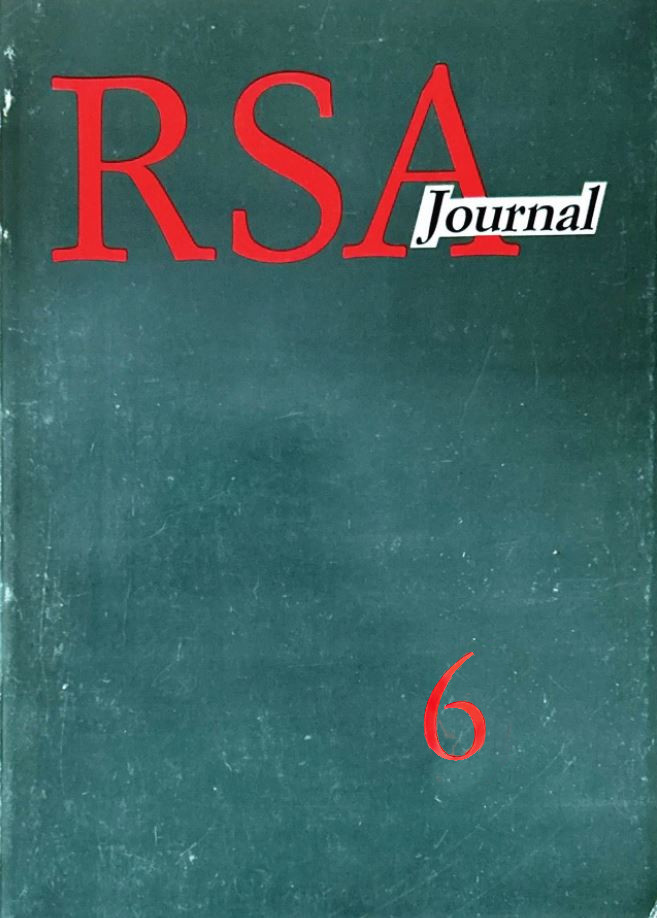Henry David Thoreau's De-genera Description
DOI:
https://doi.org/10.13135/1592-4467/9016Keywords:
description, narration, diegesis, Henry David ThoreauAbstract
This essay focuses on the relationship between "description" and "narration" in the works of Henry David Thoreau. Through his intertextual universe - that of such Natural History writers as Charles Darwin, Gilbert White or John Muir - Thoreau adopts in his writing a model that is, on a reduced scale, the same model of operation as the universe. According to this model, "description" equals diegesis while "narration" equals Roland Barthes' "fluctuating sequence of stasis".
Downloads
Published
Issue
Section
License
RSAJournal applies a CC BY-NC-ND license to all its contributions. This license enables reusers to copy and distribute the material in any medium or format in unadapted form only, for noncommercial purposes only, and only so long as attribution is given to the creator. CC BY-NC-ND includes the following elements:
- BY: credit must be given to the creator.
- NC: Only noncommercial uses of the work are permitted.
- ND: No derivatives or adaptations of the work are permitted.
Authors who publish with this journal agree to the following terms:
- Authors retain the copyright and full publishing rights for their submissions to the journal.
- Authors grant the journal right of first publication with the work simultaneously licensed under a Creative Commons Attribution-NonCommercial-NoDerivatives 4.0 International License that allows others to share unedited work for non-commercial purposes with an acknowledgement of the work's authorship and initial publication in this journal.
- Authors are able to enter into separate, additional contractual arrangements for the non-exclusive distribution of the journal's published version of the work (e.g., post it to an institutional repository or publish it in a book), with an acknowledgement of its initial publication in this journal.




